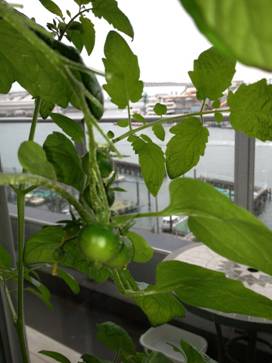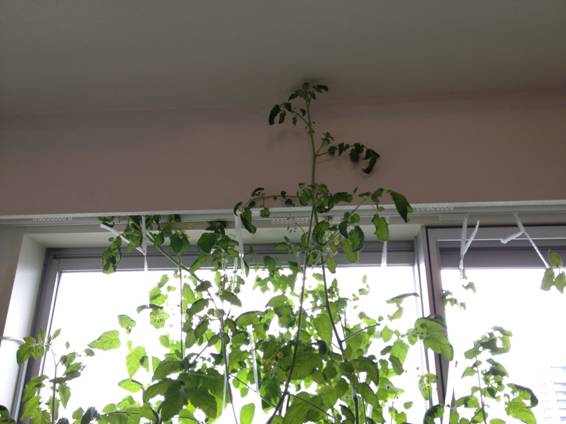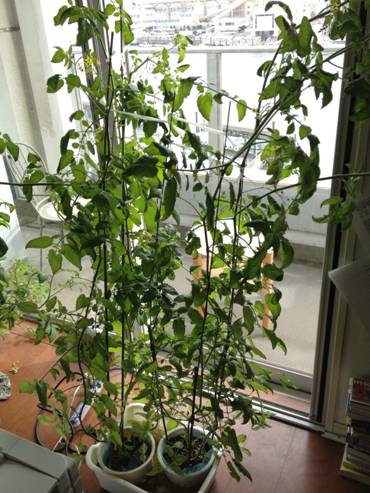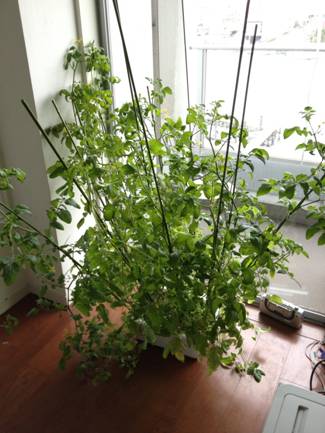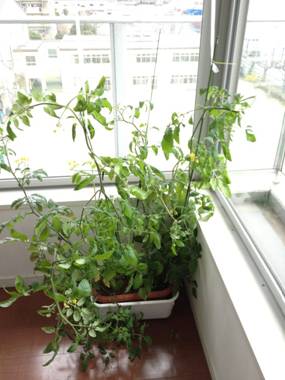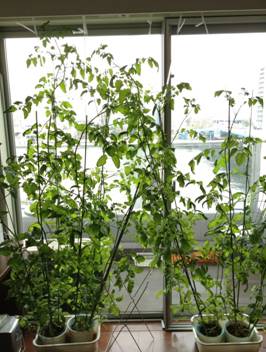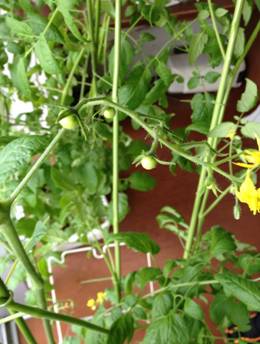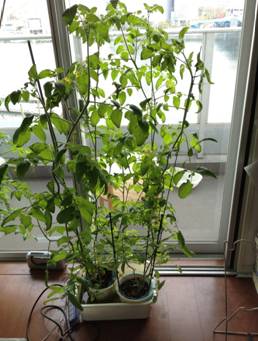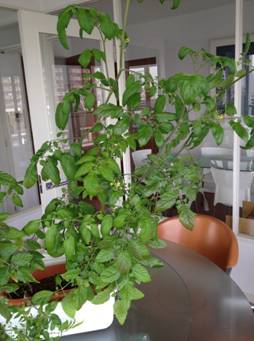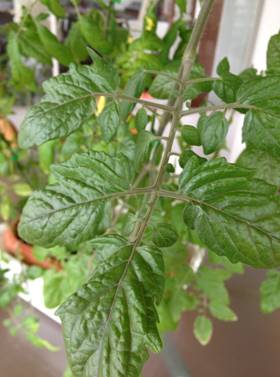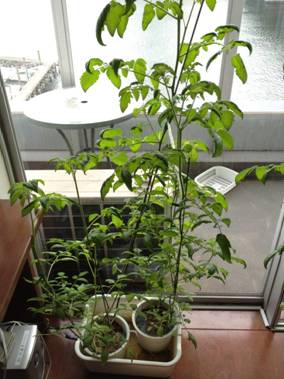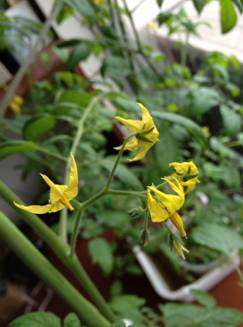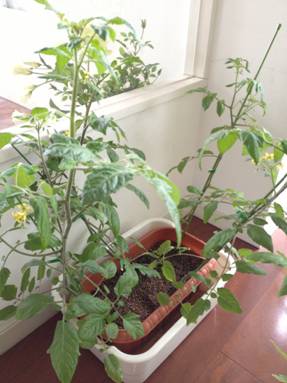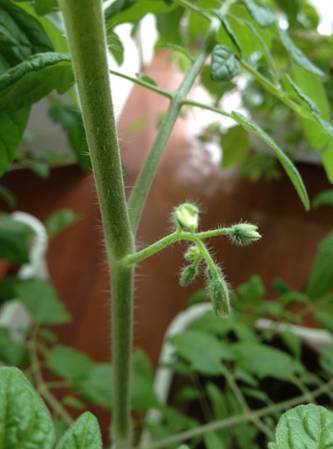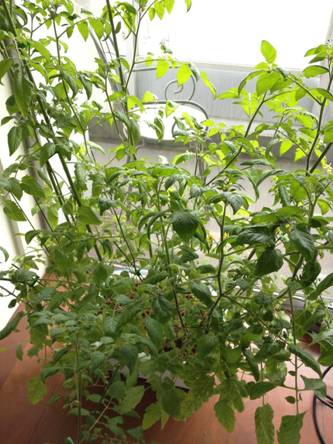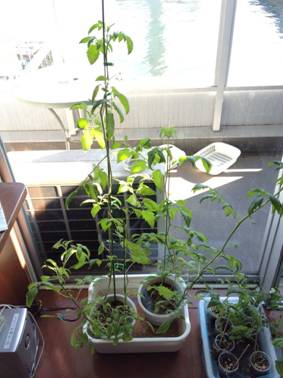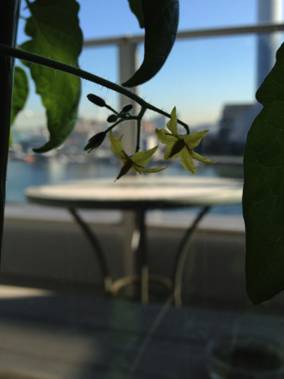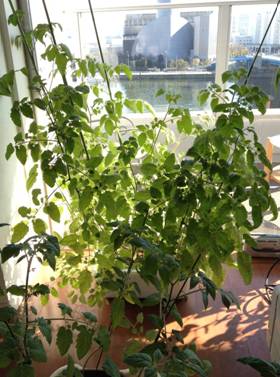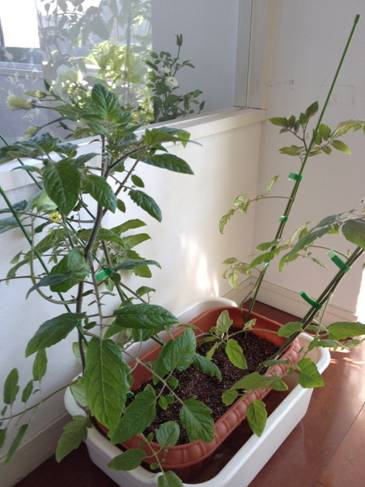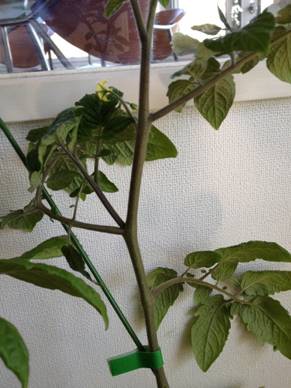The base of TERIYAKI sauce is a mixture of the same ratio of soy sauce, sake, Japanese rice wine, and mirin, Japanese sweet rice wine (or sugar). But you can adjust the ratio of each seasoning depending on the menu. Also, by combining with other seasonings, TERIYAKI sauce can develop into different and interesting tastes. This time, I would like to introduce novel TERIYAKI recipes using miso (soy bean paste), curry powder, and sansho (Japanese pepper).
* * * * * * * * * * * * * * * * * * * *
~ Scallop Broiled with Kinsanji Miso ~
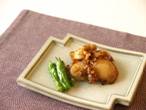
For 4 servings
12 boiled scallops,
4tbsp. Kinsanji Miso,
1 tbs. soy sauce,
2 tbs. mirin (Japanese sweet rice wine)
(Garnish) sweet green pepper, oil, as needed
1.Add soy sauce and mirin to Kinsanji Miso and mix well.
2.Add scallops to ① and lightly rub miso paste with hands. Allow 5 minutes to settle
3.Broil the scallops
~ Soy Bean Meatballs ~

For 4 servings
232 kcal4.8g fiber, 1.6g sodium
160g boiled soy beans,
160g ground chicken without fat,
1/2 onion,
1 clove ginger,
1 egg, 1 tbs plain flour
1 tbsp. sesame seeds,
3 tbsp. soy sauce,
1 tbsp. mirin (Japanese sweet rice wine),
2 tsp. sugar, 8 green leeks
(Side dish) 4 eggplants,
A pinch of pepper
1.Mince onion and grate ginger. Mash soy beans in a bowl.
2.Add ground chicken, onion, beaten egg, grated ginger, and plain flour to ① mashed soy beans. Mix well until the whole becomes sticky.
3.Heat sesame oil in a frying pan, place ② shaped as flat round pieces, and cook until both sides become brown. Pour in 100cc hot water, soy sauce, mirin, and sugar. With a lid on, cook until the juice becomes thicken.
4.Cut eggplants in round slices. Place on a heat-resistant plate, pour in 50cc water, sprinkle a pinch of pepper, and cover with saran wrap. Cook in a microwave for 5 minutes. Place the soybean meatballs on a place with eggplant on the side. Top with shredded leek to finish.
~ Spareribs Curry Flavored ~
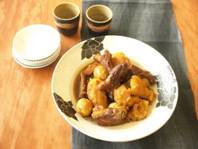
For 4 servings
4 boiled eggs,
8 spareribs,
8 potatoes,
6 tbsp. soy sauce,
4 tbsp. mirin (Japanese sweet rice wine),
1 tbsp. curry powder
1Peel the shell of boiled eggs. Peel potatoes.
2Boil water in a pot, place spareribs in, stir once, and drain in a strainer.
3Place the spareribs ② in a pot again and cook with boiled eggs, soy sauce, mirin, curry powder and 3 cups of water for 20 minutes.
4Place potatoes in. Add water until it just covers potatoes. Place a lid on and cook for another 15 minutes.
5Take off a lid and cook down until the juice halves in volume.
~ Chicken Wings shimmered with Sansho, Japanese Pepper ~
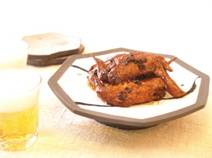
For 4 servings
12 chicken wings,
6 tbsp. soy sauce,
4 tbsp. mirin (Japanese sweet rice wine),
2 tbsp. sugar,
2 tbsp. berries of Sansho, Japanese pepper
1.Place soy sauce, mirin, sugar and 3 cups of water in a pot and heat up. When boils, add chicken wings and berries of Sansho and shimmer for 15 minutes.
2.Take off a lid and cook down until the juice halves in volume over medium heat.
~ Chicken shimmered with Orange Sauce ~
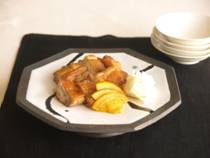
For 4 servigns
2 chicken thighs (600g),
3 tbsp. plain flour, 1/2 tbsp. oil
3 tbsp. soy sauce,
2 tbsp. sake (Japanese rice wine),
2 tbsp. mirin (Japanese sweet rice wine),
3 oranges,
4 turnips
1.Poke the skin of chicken with a fork thoroughly.
2.Coat with four lightly and remove off the extra. Squeeze the juice out of two oranges. Peel turnips and made fine cuts crosswise. Sprinkle salt and leave for a while. When softened, drain well.
3.Heat oil in a frying pan and cook chicken on skin side over low heat with a lid on for 5 minutes. Flip the chicken over to cook the other side with a lid on for another 5 minutes.
4.Wipe off the oil extracted from chicken and pour in the seasoning mixture. Stirring occasionally, cook down until chicken becomes glazed. Stop the heat.
5.Slice the chicken into bite-sized pieces and place on a plate. Garnish with orange slices and pickled turnips.
* * * * * * * * * * * * * * * * * * * *
How did you like TERIYAKI recipes over the past several blog entries? I hope you enjoyed them. My special feature of “TERIYAKI” is coming soon in Kindle Book Store. Please don’t miss it!!


